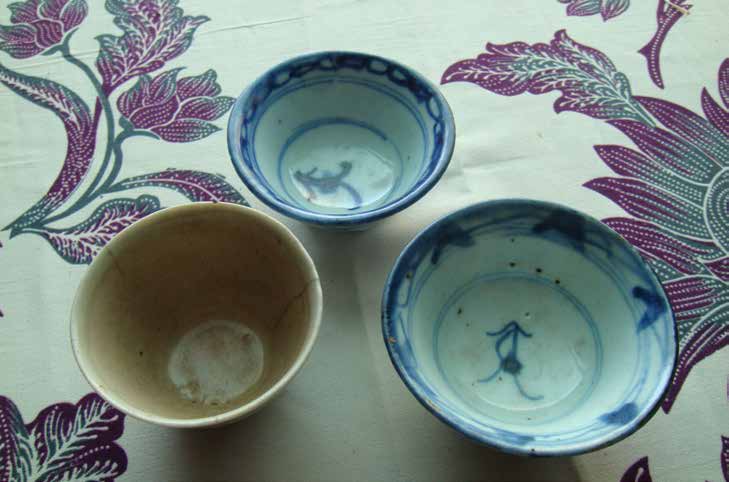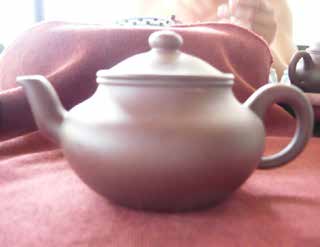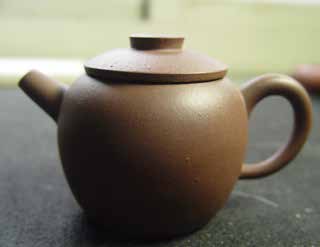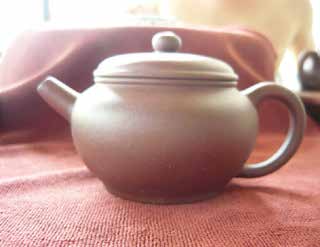
 |
|
Have you ever considered how dramatic an effect the shape of your pot and cups is having on your tea? In this issue, we would like to encourage you to experiment with different shaped pots and cups. If you have an Yixing collection, now is the perfect time to try out your various pots with tea. If you already have your pots devoted to certain kinds of teas, you could try just one brew without too much of an effect, or perhaps leave those pots out of your experiment.
You may find that taller and thicker pots with high profiles are better for darker teas, especially red teas. Smaller, rounder pots are more universal, but typically better for balled Oolongs or fine green teas. Flatter pots with larger openings are ideal for striped Oolongs like Wuyi Cliff tea or Dancong teas. The shape and thickness of the pot will influence the tea. Puerh, for example, is often compressed and is therefore usually better brewed in a larger pot with room enough for the chunks to open completely. That however might require you to use a pitcher if the group is small, so you may want to have a smaller pot for Puerh and just be sure to break the tea up a bit more, if possible.





As with pots, the shape, thickness and height of the cup has as great an influence on tea as the material it is made of. Tulip-shaped cups are ideal for gongfu tea. As with Yixing, the older the cup the better. With Puerh and aged teas, we take large drinks and it is nice to have a large and full cup when drinking them. More fragrant teas, like Oolongs or green teas, are much better sipped in as small an amount as possible. For that reason, these teas are better drunk from as small of cups as possible. Originally, gongfu tea developed in conjunction with Oolong teas so the first gongfu cups were very, very small - thimble-sized! (Try sipping an Oolong in as small of a sip as possible and notice the difference.) Also, finer, more fragrant teas are better in thinner cups that barely leave an impression on the lips, adding to their ethereal qualities, while deeper and richer teas, like Puerh, can be drunk from thicker cups, which can lend the tea greater substance.
As an experiment, try pouring the same tea into many different sizes and shapes of cups, and an old one (if available). Try going back and forth rather than drinking each cup to the bottom. What is the difference? If you have access to some Yixing pots, you might want to take a small amount of tea, weighed for accuracy (say two grams) and put it into two differently shaped pots, and then pour the tea liquor into identical cups. What difference did the shape of the pot make?
Try experimenting with different teaware to improve your sensitivity and brewing skills. As your sensitivity is heightened, you will begin to notice all kinds of areas in which your relationship to tea can be improved. Gongfu tea is about respecting the tea, and wanting to brew it with mastery so that it can reach its greatest potential in the brewing.
